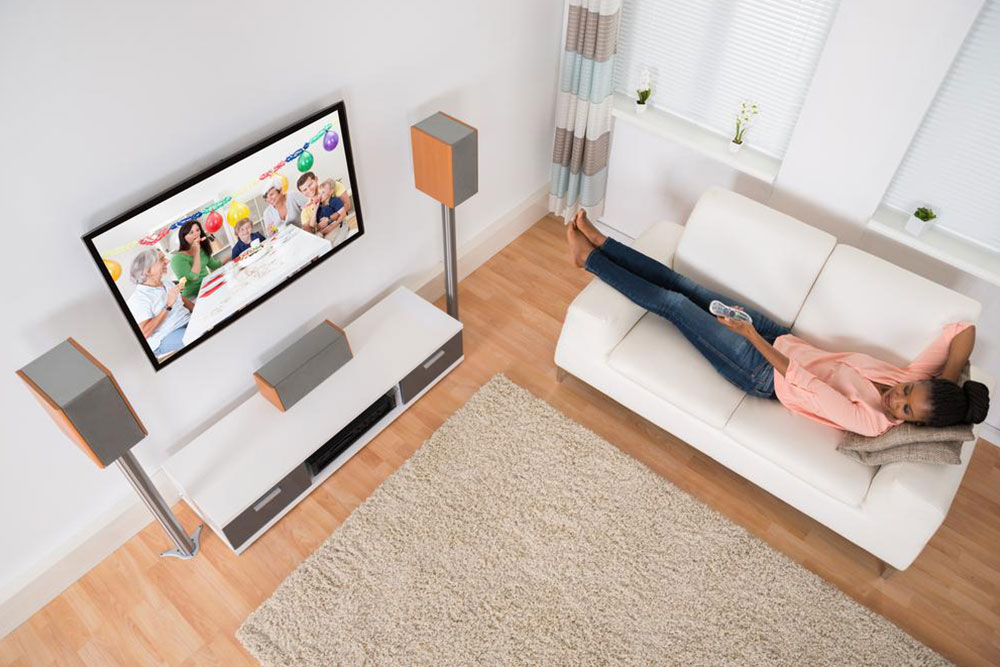In-Depth Comparison Between Custom LCD and OLED Displays: Which Technology Leads?
This comprehensive comparison explores the differences between custom LCD and OLED displays, focusing on picture quality, viewing angles, brightness, size options, and pricing. The article guides consumers in choosing the best display technology for their needs, highlighting the pros and cons of each. Whether for home entertainment or professional use, understanding these technologies ensures a smarter investment in display solutions. Discover which screen suits your environment and budget by diving deep into the features and performance of LCD versus OLED displays in this detailed review.

In-Depth Comparison Between Custom LCD and OLED Displays: Which Technology Leads?
Over the past two decades, the display technology market has undergone significant transformations. The rivalry between different types of screens has continually evolved, shaping consumer preferences and industry standards. In the early 2000s, the main competition was between LED/LCD and plasma televisions, driven largely by cost considerations. Plasma TVs, once popular for their vibrant images and deep contrast, gradually phased out as newer technologies emerged. Today, the competition primarily focuses on OLED and QLED displays, both offering advanced features and enhanced viewing experiences. This transition marks a significant shift in the display industry, highlighting technological innovation and consumer demand for superior quality visuals.
Most custom TVs available on the market today feature LCD panels with LED backlighting. These traditional displays rely on a layer of liquid crystals modulated to produce images, with LED lights providing the necessary illumination. In contrast, OLED (Organic Light Emitting Diode) TVs utilize self-illuminating pixels made from organic compounds. Each pixel in an OLED display emits light independently, allowing for precise control over brightness and color. This fundamental difference results in displays with exceptional contrast ratios, richer blacks, and more vibrant colors. The choice between LCD and OLED technology directly impacts the visual quality, viewing angles, and overall user experience of a television set.
When it comes to picture quality, both OLED and LCD displays are capable of producing vivid, sharp images suitable for a diverse range of viewing environments. Whether viewing in bright daytime conditions or in dimly lit rooms, both technologies deliver impressive visual performance. However, their methods of illumination and pixel control create distinct differences. LCD screens, which rely on a backlight that uniformly illuminates the entire screen, tend to appear brighter overall. This makes them advantageous in brightly lit settings. On the other hand, OLED screens, with pixels that emit their own light, excel in creating deep blacks and high contrast ratios, significantly enhancing picture realism and depth.
One notable characteristic of LCD technology is its brightness. Due to the backlighting system, LCD displays can be brighter than OLEDs, which is beneficial for viewing in environments with abundant ambient light. This attribute makes LCDs particularly suitable for large commercial spaces and well-lit living rooms. Unfortunately, LCDs suffer from issues related to viewing angles. As the screen is viewed from sharp angles, there can be significant color distortion and contrast loss. This phenomenon can diminish the overall viewing experience, especially in large, shared living spaces where viewers are often seated at different angles.
Contrastingly, OLED displays maintain their picture quality from virtually any viewing angle. Whether you are seated directly in front of the screen or off to the side, the colors and contrast remain consistent. This advantage ensures an immersive and comfortable viewing experience, making OLEDs preferred for home theaters and high-end entertainment setups where picture fidelity from multiple viewing angles matters.
Size options also influence the decision-making process. LCD televisions are available in an extensive range of sizes, from compact 20-inch models suitable for small bedrooms or kitchens to massive 100-inch screens ideal for large living rooms and home cinemas. This versatility allows consumers to select displays that perfectly fit their specific space and needs. Conversely, current OLED models are mostly limited to sizes of 55, 65, and 77 inches. While these sizes are suitable for most living rooms and media rooms, those requiring larger screens might find the available options restrictive, thus impacting the overall choice for certain consumers.
Price is an essential consideration. As with many technological purchases, OLED TVs generally command higher prices compared to their LCD counterparts. Despite recent reductions and promotional discounts, OLED models tend to be more expensive due to their complex manufacturing process and advanced display capabilities. For budget-conscious buyers seeking a reliable and visually appealing device, LCD TVs offer a more affordable solution without sacrificing too much in visual quality. Nonetheless, for those who prioritize exceptional picture quality, deep blacks, and superior contrast, investing in an OLED TV may be justified. With the current market, consumers can often find deals or promotional offers that make OLEDs more accessible, but the upfront cost remains a significant factor in the decision process.
In conclusion, selecting between custom LCD and OLED displays involves weighing several factors, including cost, size, viewing environment, and desired image quality. LCD screens serve well for everyday use, especially in bright rooms and when budget constraints are a concern. OLED screens, however, excel in delivering richer colors, better contrast, and wider viewing angles, making them ideal for immersive home entertainment experiences. As technology continues to advance and manufacturing costs decrease, the gap between these two display types may narrow, offering consumers even more options in the future. Ultimately, understanding the strengths and limitations of each technology helps consumers make well-informed decisions tailored to their specific needs and preferences.





